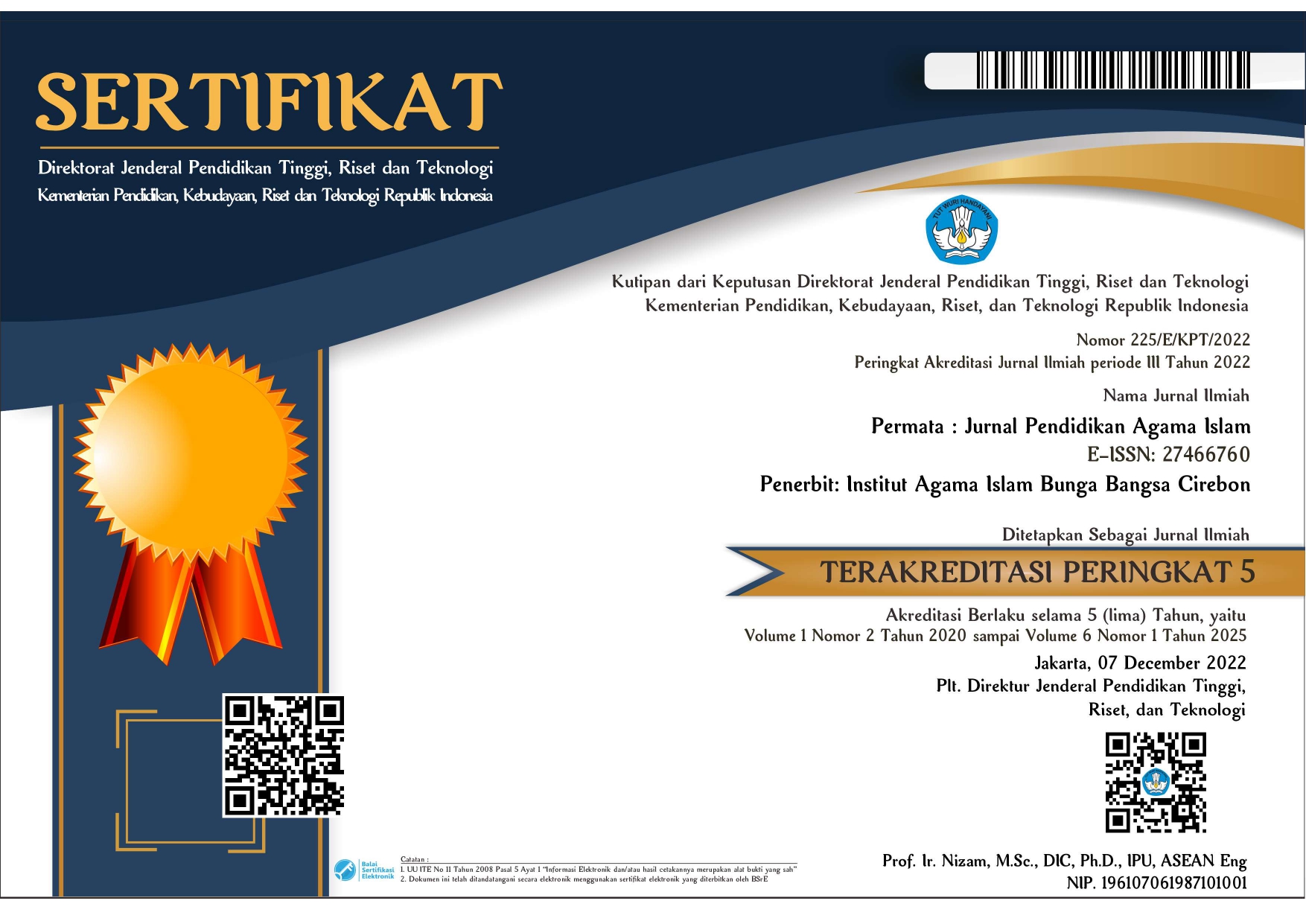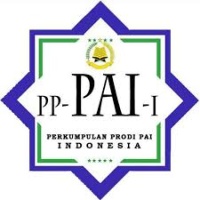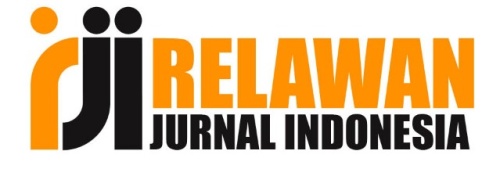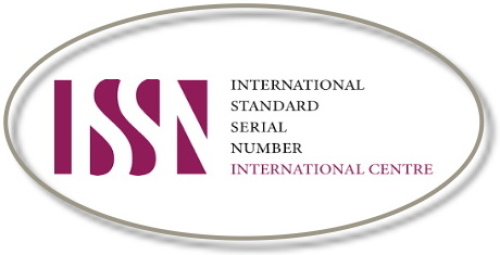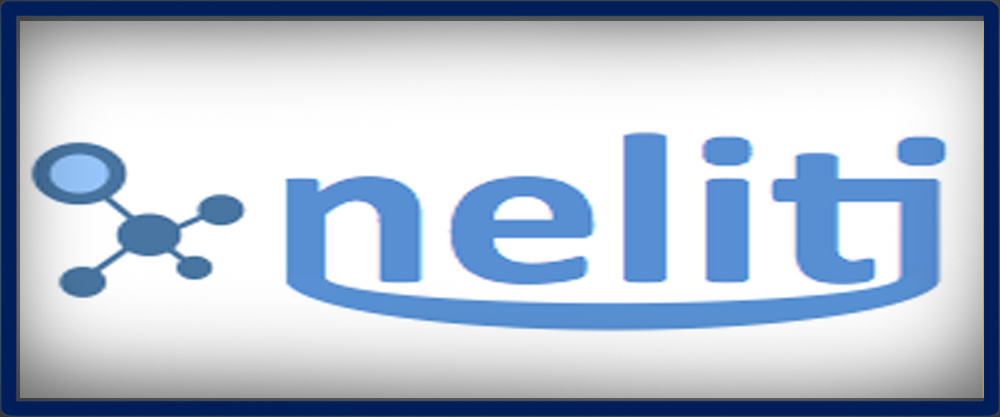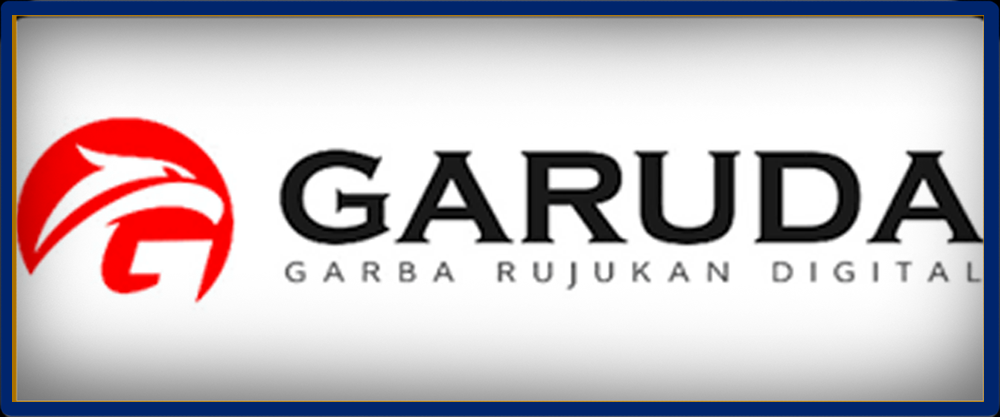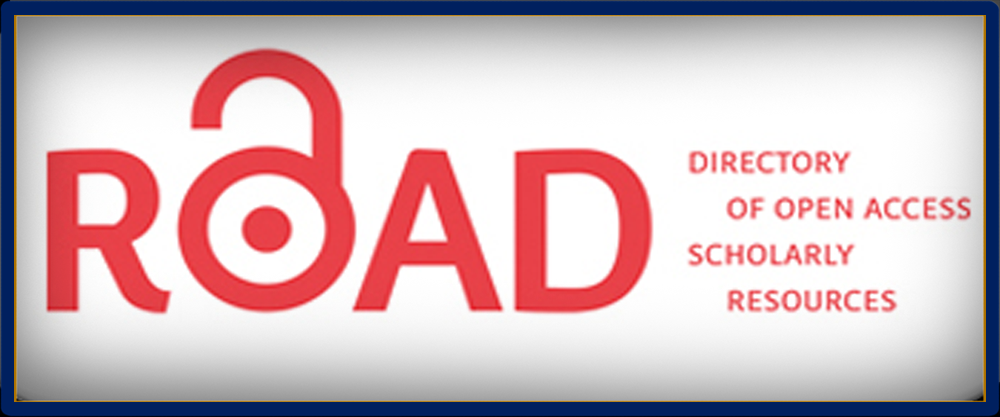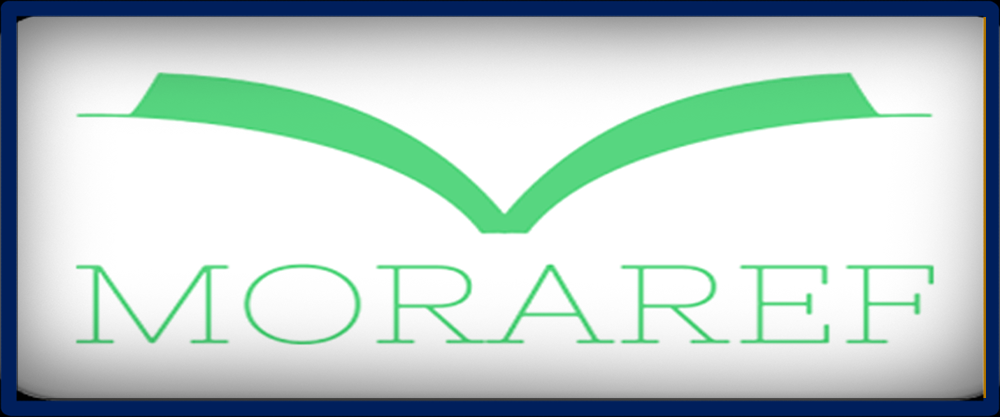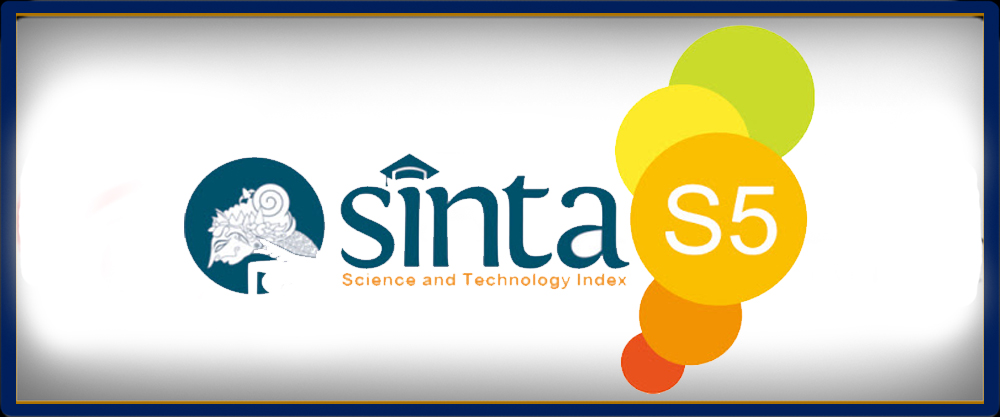Pengaruh Metode Qiroati Terhadap Peningkatan Kemampuan Membaca Al-Qur’an di MI Ma’arif Sutawinangun Cirebon
Abstract
This research is taken from the problem of the existence of the learning process of the Qur'an, where the majority of the age of Madrasah Ibtidaiyah children have not been able to read the Qur'an properly. Based on the formulation of the problem in this study, this study aims to determine: (1) How well the application of qiroati method on learning local content of Grade 6 students in MI ma'arif Sutawinangun in reading the Qur'an. (2) How good is the ability to read the Qur'an in Grade 6 students in MI ma'arif Sutawinangun. (3) how much influence the qiroati method on the ability to read the Qur'an in Grade 6 students in MI ma'arif Sutawinangun.
This study uses a quantitative approach to the type of associative research. Research design is associative causality. Data collection techniques in this study is a questionnaire to obtain variable data qiroati method (X), and test techniques in the form of assessment of reading the Qur'an students to obtain variable data reading ability of the Qur'an (Y).
The results showed that the qiroati method can be a percentage value of 41.04% which means it belongs to the category of good enough. The ability to read the Qur'an students, can score a percentage of 94.67% which means it belongs to the category of very good. The results of the hypothesis test concluded that there is a significant influence of the method of qiroati to the ability to read the Qur'an students indicated by the value of the coefficient thitung 3.775 > ttable, 1.713, then H0 rejected and Ha accepted which means there is a significant influence between the method of qiroati to the ability to read the Qur'an students.
Keyword: Qiroati Method; Reading Ability; Reading The Qur'an.
Abstrak
Penelitian ini di ambil dari masalah adanya mengenai proses pembelajaran Al-Qur’an, di mana mayoritas masa usia anak Madrasah Ibtidaiyah belum bisa membaca Al-Qur’an dengan baik. Berdasarkan rumusan masalah dalam penelitian ini, maka penelitian ini bertujuan untuk mengetahui: (1) Seberapa baik penerapan metode qiroati pada pembelajaran muatan lokal siswa kelas VI di MI Ma’arif Sutawinangun dalam membaca Al-Qur’an. (2) Seberapa baik kemampuan membaca Al-Qur’an pada siswa kelas VI di MI Ma’arif Sutawinangun. (3) Seberapa besar pengaruh metode qiroati terhadap kemampuan membaca Al-Qur’an pada siswa kelas VI di MI Ma’arif Sutawinangun.
Penelitian ini menggunakan pendekatan kuantitatif dengan jenis penelitian asosiatif. Desain penelitian yaitu asosiatif kausalitas. Teknik pengumpulan data dalam penelitian ini adalah angket untuk mendapatkan data variabel metode qiroati (X), dan teknik tes berupa penilaian membaca Al-Qur’an siswa untuk mendapatkan data variabel kemampuan membaca Al-Qur’an (Y).
Hasil penelitian menunjukkan bahwa metode qiroati di dapat nilai persentase sebesar 41,04% yang berarti termasuk kategori Cukup Baik. Kemampuan membaca Al-Qur’an siswa, di dapat nilai persentase sebesar 94,67% yang berarti termasuk kategori Sangat Baik. Hasil uji hipotesis diperoleh kesimpulan terdapat pengaruh yang signifikan dari metode qiroati terhadap kemampuan membaca Al-Qur’an siswa ditunjukkan dengan nilai koefisien thitung 3,775 > ttabel, 1,713, maka H0 ditolak dan Ha diterima yang berarti terdapat pengaruh yang signifikan antara metode qiroati terhadap kemampuan membaca Al-Qur’an siswa.
Kata Kunci: Metode Qiroati; Kemampuan Membaca; Membaca Al-Qur’an.
Downloads
References
Khozin, A. A., Pratama, F. A., Ridwan, M., Amin, N. M. F., & Lesmana, T. (2022). Inflation and the Stability of Islamic Finance. ICOBBA_2021, 404-409.
Marleni, E., Mustoip, S., & Sulkhah, S. (2024). Implementation of the Literacy Movement in Shaping Student Character in Elementary School. EduBase: Journal of Basic Education, 5(2), 120-130.
Munajim, A., Pratama, F. A., Ridwan, M., & Rohimah, I. (2022). The Operations of the Bank Wakaf Micro Indonesia with the Scheme for the Economic Empowerment of the People. ICOBBA_2021, 1-6.
Nasir, A., Busthomi, A. O., & Rismaya, E. (2022). Shariah Tourism Based on Local Wisdom: Religious, Income, Motivation, Demand and Value of Willingness to Pay (WTP). International Journal Of Social Science And Human Research, 5(08), 3811-3816.
Pratama, F. A., Ridwan, M., Yulianti, N., Ratnawati, R., Maulana, A., & Masitoh, S. I. (2022). Implementasi Persamaan Fungsi Non Linier Dalam Matematika Bisnis Pada Kehidupan Sehari-Hari. Change Think Journal, 1(03), 289-299.
Pratama, G. (2022). Comparative Study of The Empowerment of Zakat BAZNAS Indonesia and PPZ Malaysia. ICOBBA_2021, 212-216.
Putri, Y. D. S., Mustoip, S., Nisa, D. H., & Ramadhani, N. U. (2024). Implementation of Audiolingual Methods in Understanding Arabic Color Concepts in Class I SDIT Alif Mardiyah. JPS: Journal of Primary School, 1(2), 1-6.
Ridwan, M., Motik, D. P., & Nurwahid, H. I. (2022). Afzalur Rahman's Thinking Concept: Relevance with Worker Ethics According to Global Standards. ICOBBA_2021, 322-329.
Selasi, D., Agustiani, L. R., & Vidiati, C. (2022). Upaya Mengubah Pendapatan Usaha Mikro Kecil Menengah (UMKM) Melalui Digital Marketing. Jurnal Multidisiplin Madani, 2(3), 1247-1258.
Selasi, D., Munajim, A., & Komala, S. I. (2022). The Digitization of Islamic Philanthrophy In the Islamic Capital Market in Indonesia. ICOBBA_2021, 166-174.
Selasi, D., Munajim, A., & Komala, S. I. (2022). The Digitization of Islamic Philanthrophy In the Islamic Capital Market in Indonesia. ICOBBA_2021, 166-174.
Selasi, D., Muzayyanah, M., Tatmimah, I., Sari, F., & Indriyani, R. (2022). Contribution of Islamic Capital Market to National Capital Market. INCOME: Innovation of Economics and Management, 2(1), 1-7.
Selasi, D., Vidiati, C., & Munajim, A. (2022). Pertumbuhan Bank Syariah di ASEAN: Dalam Sejarah The Growth of Islamic Banks in ASEAN: In History. Ecobankers: Journal of Economy and Banking, 3(2), 157-171.
Selasi, D., Vidiati, C., & Munajim, A. (2022). Pertumbuhan Bank Syariah di ASEAN: Dalam Sejarah The Growth of Islamic Banks in ASEAN: In History. Ecobankers: Journal of Economy and Banking, 3(2), 157-171.
Selasi, D., Vidiati, C., & Sumarno, S. (2022). Pasar Menabung Saham Pada Pasar Modal Indonesia. Ecopreneur: Jurnal Ekonomi dan Bisnis Islam, 3(1), 68-77.
Selasi, D., Vidiati, C., & Tardjono, T. (2022). Sharia Capital Market: Securities Fatwa, Derivative Securities and Mechanisms. IJOBBA: International Journal of Bunga Bangsa Cirebon, 1(1), 1-24.
Selasi, D., Virdiati, C., Munajim, A., & Sujata, T. (2022). Kesejahteraan Masyarakat: Analisa Kualitatif Sistem Keuangan Komersial Islam-SIstem Keuangan Sosial Islam di Indonesia.
Stefanus, S., & Ridwan, M. (2022). Analisis Strategi Marketing Syariah Untuk Meningkatkan Omset Penjualan Pada Era Globalisasi Di Toko Emas Pantes Sindang Laut Kabupaten Cirebon. Change Think Journal, 1(01), 87-95.
Vidiati, C., Al-Ghozali, M. I., Faturrizky, I., Selasi, D., Munajim, A., & Tardjono, T. (2022). Effects of the Money Market and the Need for Knowledge of Interest Rates and the Foreign Exchange Market for Benefit: Evidence In Indonesia. IJOBBA: International Journal of Bunga Bangsa Cirebon, 1(1), 37-60.
Vidiati, C., Hendra, E., Selasi, D., & Sumarno, S. (2022). Menilik Tas’ ir Keadilan dan Maslahah. Ecopreneur: Jurnal Ekonomi dan Bisnis Islam, 3(1), 78-92.
Wartoyo, W., Haida, N., Mujab, S., & Umam, M. K. (2022). Sharia Marketing Model Pada Bisnis Laundry Syariah (Case Study Pada Zada Laundry Syariah Sumber Cirebon). PROFIT: Jurnal Kajian Ekonomi Dan Perbankan Syariah, 6(1).


